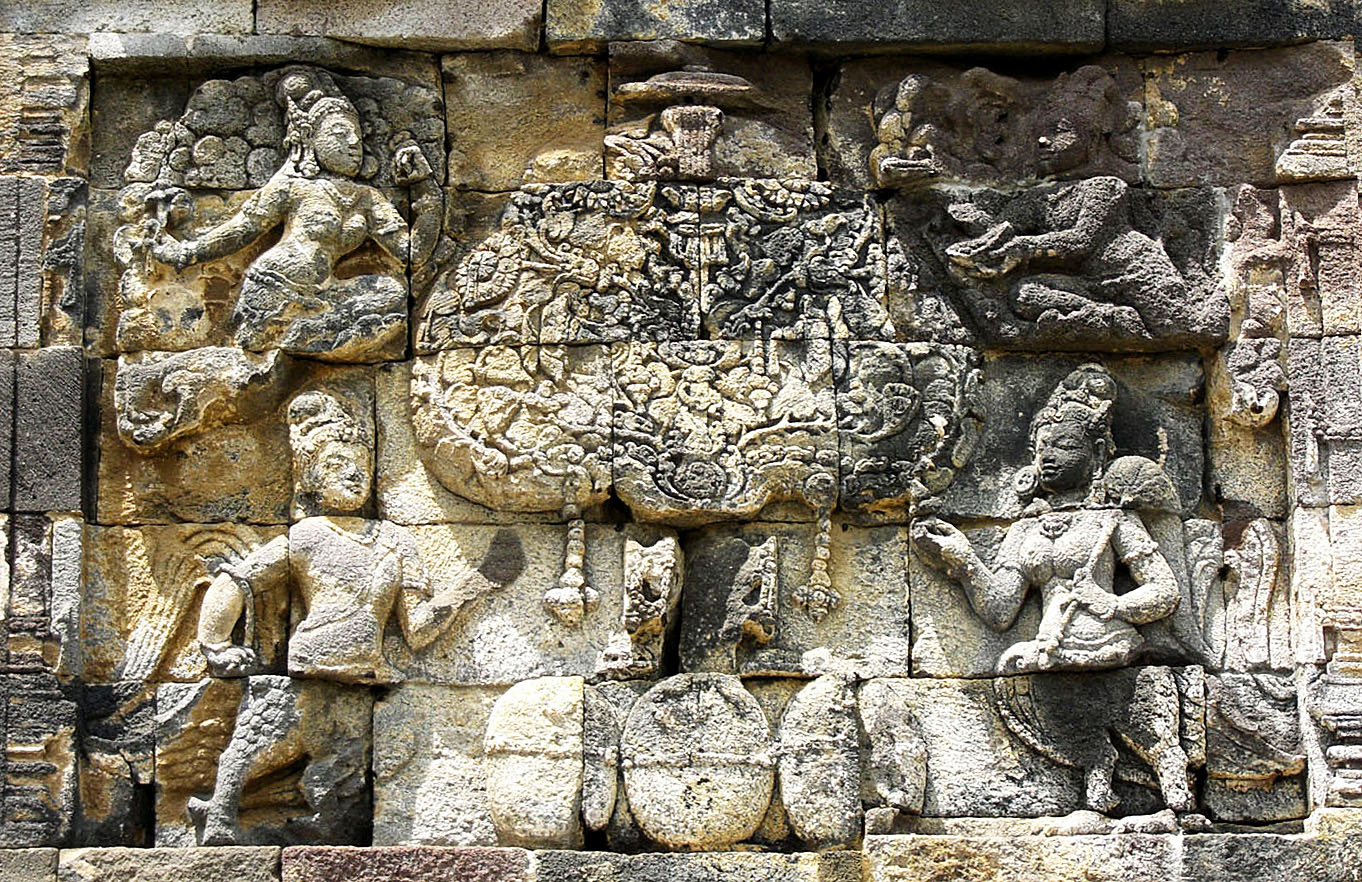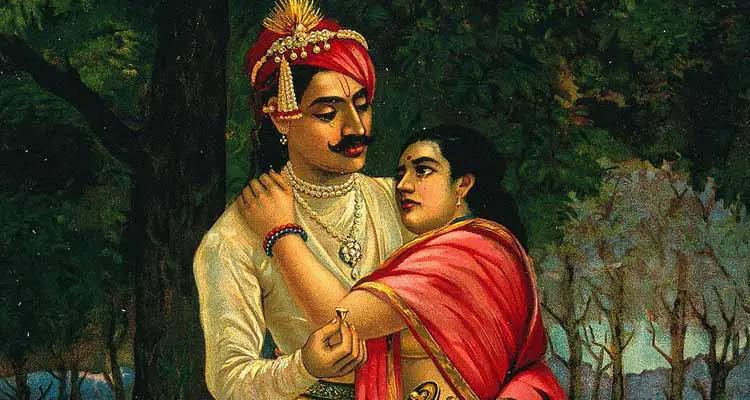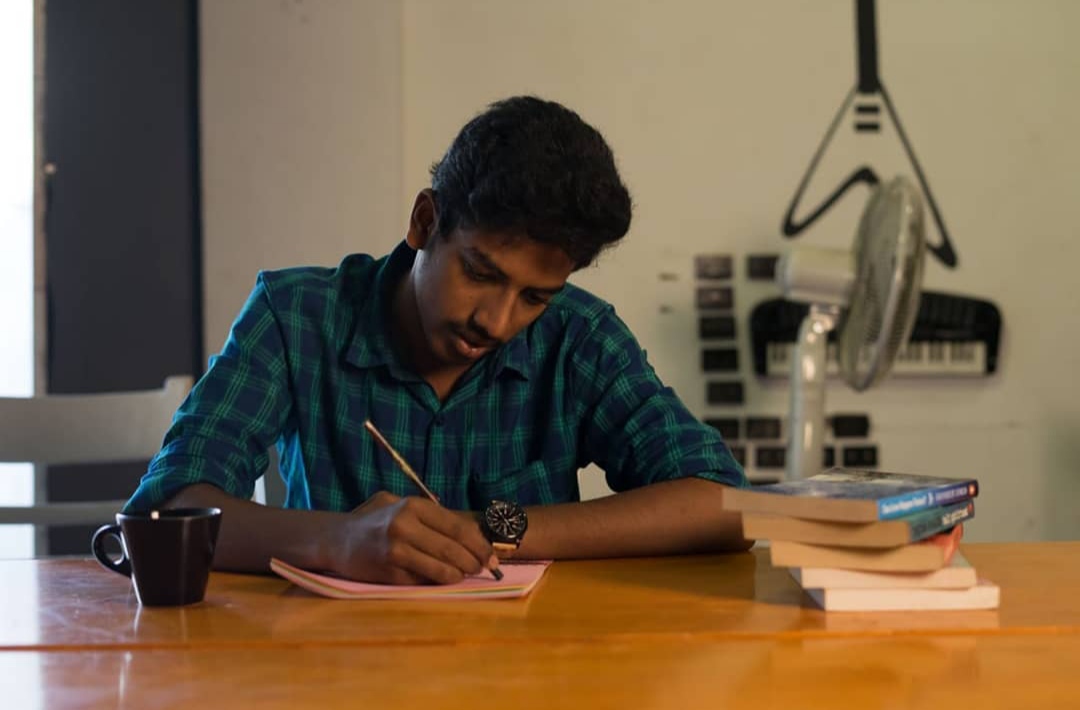
Indians are culturally rooted! Yes, what’s more rooted than our roots with mother nature? In light of the upcoming Van Mahotsav it becomes important to understand the significance of trees to Indian heritage. During the churning of the grand cosmic ocean, various celestial and cosmic products emerged. One significant product of the grand Samudra Mandhan is the tree Kalpavriksha. Jambavantha, a wise and mighty bear planted the Kalpavriksha in the heavenly realms. This tree is believed to fulfil the desires of those who seek its blessings.
Is it a bit of a stretch to compare the story of a divine tree with that of a tree planting of modern days? I think not. I have always loved the ancient Indian stories for their symbolic values and culturally rooted expressions. But then again, modern tree planting is much easier! No need for divine intervention - just a shovel and some soil, and you're all set! Or does it? It is not merely an act of placing saplings into the soil but a powerful gesture that carries profound implications for our environment, society, and future generations.

Van Mahotsav, meaning "Festival of Trees," is an annual observance in India aimed at promoting the importance of tree planting and environmental conservation. It was initiated by Dr. K. M. Munshi, the renowned Indian politician, writer, and environmentalist, in 1950. The festival, typically celebrated in the first week of July, encourages individuals, communities, and institutions to engage in tree planting drives and raise awareness about the significance of trees in sustaining our ecosystem. Van Mahotsav serves as a reminder of our responsibility to protect and nurture the natural world, and it highlights the role of trees in mitigating climate change, conserving biodiversity, improving air quality, and fostering sustainable development.
Sustainable development? What does it really mean? Meeting the needs of the present without compromising the ability of future generations to meet their own needs, by balancing social, economic, and environmental considerations is what we collectively call sustainable development. Planting trees in India holds the key to achieving sustainable development in numerous ways. Firstly, trees contribute to combating climate change by absorbing carbon dioxide and other greenhouse gases through the process of photosynthesis, for which you should ask your 6th grade teacher for explanation. By planting trees strategically across the country, we can help mitigate the impacts of global warming, reduce air pollution, and create a more sustainable and resilient environment. Plus, we can also give the birds a place to call home and squirrels something to climb! Jokes apart, the sustainable development brought about by tree planting extends to socio-economic aspects as well.
“Vriksho rakshati rakshitah.”
This Vedic saying translates to "He who protects trees is protected by them." It emphasises the reciprocal relationship between humans and trees. By safeguarding and nurturing trees, we ensure our own well-being and protection.
Talking about the reciprocated love between humans and trees, I recall the story of Abhijnanasakuntalam by kalidasa. In the ancient Sanskrit play "Abhijnanasakuntalam" by Kalidasa, the protagonist Shakuntala falls in love with King Dushyanta. They marry in secret, and as Shakuntala departs to join the king, she plants a Mālatī (Jasmine) tree as a symbol of their love. The tree becomes a testament to their relationship, blossoming with fragrant flowers. This story illustrates the significance of trees in expressing love, commitment, and the bond between humans and nature. Who knows, a tree could bring your destined soulmate to you. What not is there that nature can’t do?
Setting jests aside, India, with its rich heritage, diverse ecosystems, and ancient wisdom, possesses the potential to become a global leader and role model in preserving nature and planting trees. From the sacred groves of the past to the visionary initiatives of the present, India's deep-rooted connection with the environment has shaped its culture and consciousness. By harnessing this collective spirit and embracing sustainable practices, India can pave the way for the world in conserving biodiversity, mitigating climate change, and fostering a harmonious relationship with nature.

Van Mahotsav stands as a testament to the ancient Indian roots that celebrate and cherish the symbiotic relationship between humans and nature. With a rich heritage that recognizes the Earth as our mother, we carry the responsibility to protect and preserve the environment for the well-being of present and future generations. Let us make a promise today, a promise to plant a tree and nurture it with care. By doing so, we contribute to the collective efforts in healing and rejuvenating our planet.
Note: As a small gesture of joy and togetherness, let us capture the spirit of our commitment by planting a tree and sharing a picture of it with us. Together, let's sow the seeds of a greener tomorrow and rejoice in the beauty and resilience of nature.
 Vigneshwaran is both a skilled digital content writer and marketer by profession, as well as an avid independent writer driven by his passion. His literary talents extend to crafting beautiful poems and captivating short stories. In addition to these creative pursuits, he has also authored a book titled "Halahala," which can be found on Wattpad.
Vigneshwaran is both a skilled digital content writer and marketer by profession, as well as an avid independent writer driven by his passion. His literary talents extend to crafting beautiful poems and captivating short stories. In addition to these creative pursuits, he has also authored a book titled "Halahala," which can be found on Wattpad.
NEXT ARTICLE

Subramania Bharati, often referred to as Mahakavi Bharati (Great Poet Bharati), was a revolutionary poet, journalist, and social reformer whose words...

Some writers tell stories, and then there are those rare souls who hold up a mirror to our civilisation, our history, and our innermost selves. Sri Sa...